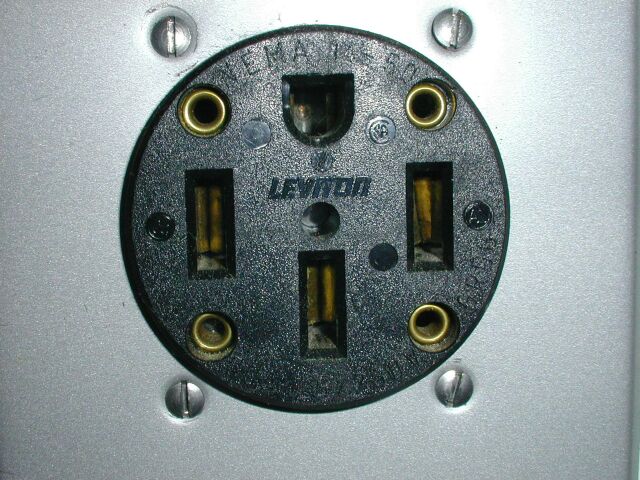Hi Folks,
I have a soon to be delivered x 75d, I am fairly new and want to know if I run an outlet to my garage what kind of
receptacle should I end up with? It will be a 220 line but Not sure of the amps. I am sheepish about asking but I want to prepare as best I can. Does the model X come with an adapter that will plug into a dryer outlet? Thank you.
If you're running an outlet to your garage specifically for the Model X, then it should be a
NEMA 14-50 receptacle, 240V with a 50A circuit breaker.
Download this file from Tesla and print it out for reference.
Teslas come with three standard adapters: one is for J1772 EV charging stations, one is for 120V outlets like you'll find all over your house, and one is for a particular type of 240V outlet: the NEMA 14-50. The latter will give you the fastest charging speed of the three.
A dryer outlet is technically known as NEMA 14-30, which means that it's rated to provide a
maximum of 30 amps (not a continuous 30 amp load.) The dryer outlet will safely provide 24 amps of continuous power draw; if your load approaches 30 amps, your circuit breaker will (and should) trip.
Tesla used to sell NEMA 14-30 adapters in their online store, but it seems they are not currently in stock. A dryer outlet adapter does
not come as standard equipment. You can't use the provided 14-50 adapter in a dryer outlet, since the prongs won't match (not to mention it isn't safe to draw 40 or 50 amps from a 30A receptacle.) If you need to charge from a dryer outlet, you'd have to buy a
third-party adapter.
A NEMA 14-50 outlet is rated for 50 amps, which means it can safely give you up to 40 amps of continuous power; if the load approaches 50A, the breaker will trip. The Mobile Connector provided with the car can only draw 40 amps (and it still gets a bit warm when doing so, which is why many owners dial back the current on the car's charging screen to 32A instead.)



